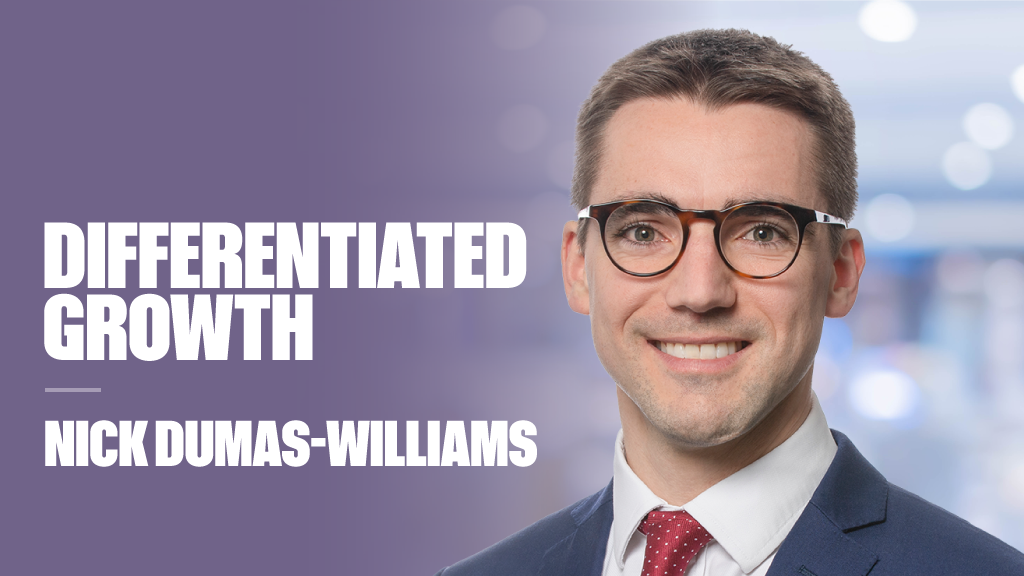Since launch in April 2003 the fund has made 146.7%, which makes it the highest-returning fund in the sector, where the average gain has been 83.5%. But it has also been the second-most volatile member over this period as well as incurring the biggest maximum loss.
High-yield exposure is not the only reason why some funds have lagged behind in falling markets, though, as style can play a large part.
Stephen Rodger and Torcail Stewart’s £543m Baillie Gifford Corporate Bond is in the bottom quartile for all three sell-offs but top-quartile over three and five years. It tends to hold most of its portfolio in investment grade bonds although it does have high-yield exposure towards the top end of that part of the market.
The portfolio is managed with a value bias, whereby the managers look for securities that are out-of-favour with the wider market. While this can lead to strong performance over the long term – it outperformed its average peer by around 25 percentage points over 10 years – there can be periods of short-term underperformance, particularly in falling markets.
GAM Star Credit Opportunities is another strong performer (it is the second-highest returner over three years and the highest over five years) but, unlike many of the funds mentioned so far, was among the best funds in the 2013 and 2015 sell-offs.
Much of this can be attributed to the fund’s process, which is not typical among its peers. Manager Anthony Smouha of specialist bond fund firm Atlanticomnium focuses on bonds issued by higher-quality businesses as they rarely default on their debt, but then picks bonds lower down the capital structure for a yield pick-up.
Smouha also prefers financial firms, which, combined with the exposure to subordinated debt, means the fund could suffer when risks to the global financial system emerge. It was launched after the crisis, so we do not know how it would have performed then, but it has held up well in the recent periods of bond difficulty.
With GAM Star Credit Opportunities suggesting that some funds can offer good returns without being hit hard in market downturns, we looked across the sector to see if any had beaten the Barclays Sterling Aggregate Corporate index in each of the three periods.
Twelve (out of a possible 45) have done just that, although most have underperformed over three and five years. L&G Dynamic Bond Trust for example is top-quartile in each period, even making money in 2008/9, but it is bottom-quartile for total returns over the longer term.
Three of the best
However, three funds beat the index in the downturns and went on to make better gains than average: Jupiter Strategic Bond, Fidelity Extra Income and Fidelity Strategic Bond.
Ariel Bezalel has managed this £2.8bn fund since its launch in June 2008 and has established a strong track record at the helm of the portfolio. Since inception, the fund’s 98.2% return makes it the sector’s second-highest returner and its exposure to high yield – currently 46.1% plus 11.2% in unrated – has been a consistent contributor to its strong run.
The two Fidelity funds are managed by Ian Spreadbury, who is widely regarded as one of the most experienced bond managers in the industry.
Spreadbury has been sceptical about the economic recovery that has taken place over recent years and has therefore tilted his portfolios towards safer, higher-quality bonds. While this means his fund yields can be lower than their competitors, it has led to strong outperformance in falling markets and a reputation for protecting capital.











